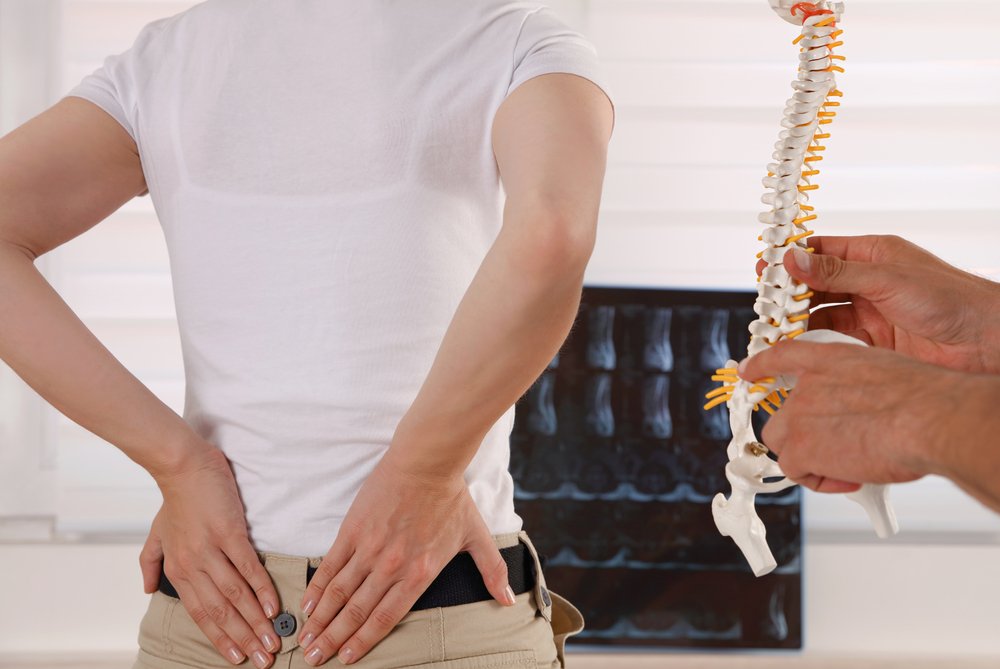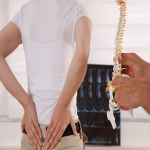Scoliosis is one of the common conditions; that takes place in kids, either in the early stage or during the teenage years. But, it is more common in females. Even though it is not noticeable; however, there are certain symptoms. For best solutions, it is better to consult a scoliosis specialist in Oklahoma.

Types of scoliosis
Ideally, there are three different types of scoliosis that people suffer from. These can be categorized depending on age. Infantile idiopathic scoliosis develops in newly born kids as well as kids between one to three years of age. Juvenile idiopathic scoliosis develops in kids between the age of four to nine. Similarly, adolescent idiopathic scoliosis develops in those who are between ten to eighteen years old.
Another common thing that you need to keep in mind is adolescent scoliosis covers 80% of idiopathic scoliosis cases. Rapid growth and changes in the body take place during the adolescence phase.
What are the signs or symptoms?
Scoliosis becomes clear from adolescence. However, one thing that you need to keep in mind is symptoms depending on the person’s age. At times scoliosis causes severe back pain. Nevertheless, here are a few symptoms that you can notice.
- The patient's head might appear a little off-center
- Ribs on every side might seem of different height
- One side of the hip might seem more prominent than the other one
- Clothes might not hang properly
- The person leans to one side
The symptoms in infants are different from the adolescents. A baby suffering from scoliosis has a bulge on any one side of the chest. They can consistently sleep with the body curved to one side. In severe cases, chest pain can become prominent. Thus, it is best to consult a scoliosis specialist near you.
Diagnosis
If you are suffering from scoliosis, doctors carry out a detailed physical examination of the spine, hips, shoulders, and rib area. An inclinometer is also used for measuring the degree of scoliosis.
Normally, an angle of more than ten means the patient is suffering from scoliosis. Apart from that, x-rays, CT scans, as well as MRIs are also done for detecting shape, angle, as well as the location of the curve. In severe cases, the doctor will ask you to consult an orthopedic.
Treatment options
The treatment for scoliosis depends on the severity of the curve. Kids having mild curves usually don’t need any treatment. However, regular checkups are necessary to see if the curve is getting worse. Alternatively, if the spine curve is moderate or severe, surgery or bracing is the only solution. Here are a few factors that are considered.
- Gender- Girls are more susceptible to scoliosis compared to boys.
- Curve severity- Bigger curves get worse with time.
- Maturity- Once the bones stop growing in a kid, the risk of disease progression is less. Braces are effective in stopping the effect in kids whose bones are in the growing phase.
Need a treatment for your condition?
Scoliosis can be painful if not treated at the right time. If you need the right treatment, at Neuroscience Specialists, we have some of the best and expert doctors, who can detect and treat the issues using the right technique. Book an appointment today!
**Disclaimer- Information presented here is not intended to be qualified medical advice. Nothing expressed herein creates a doctor-patient relationship.

